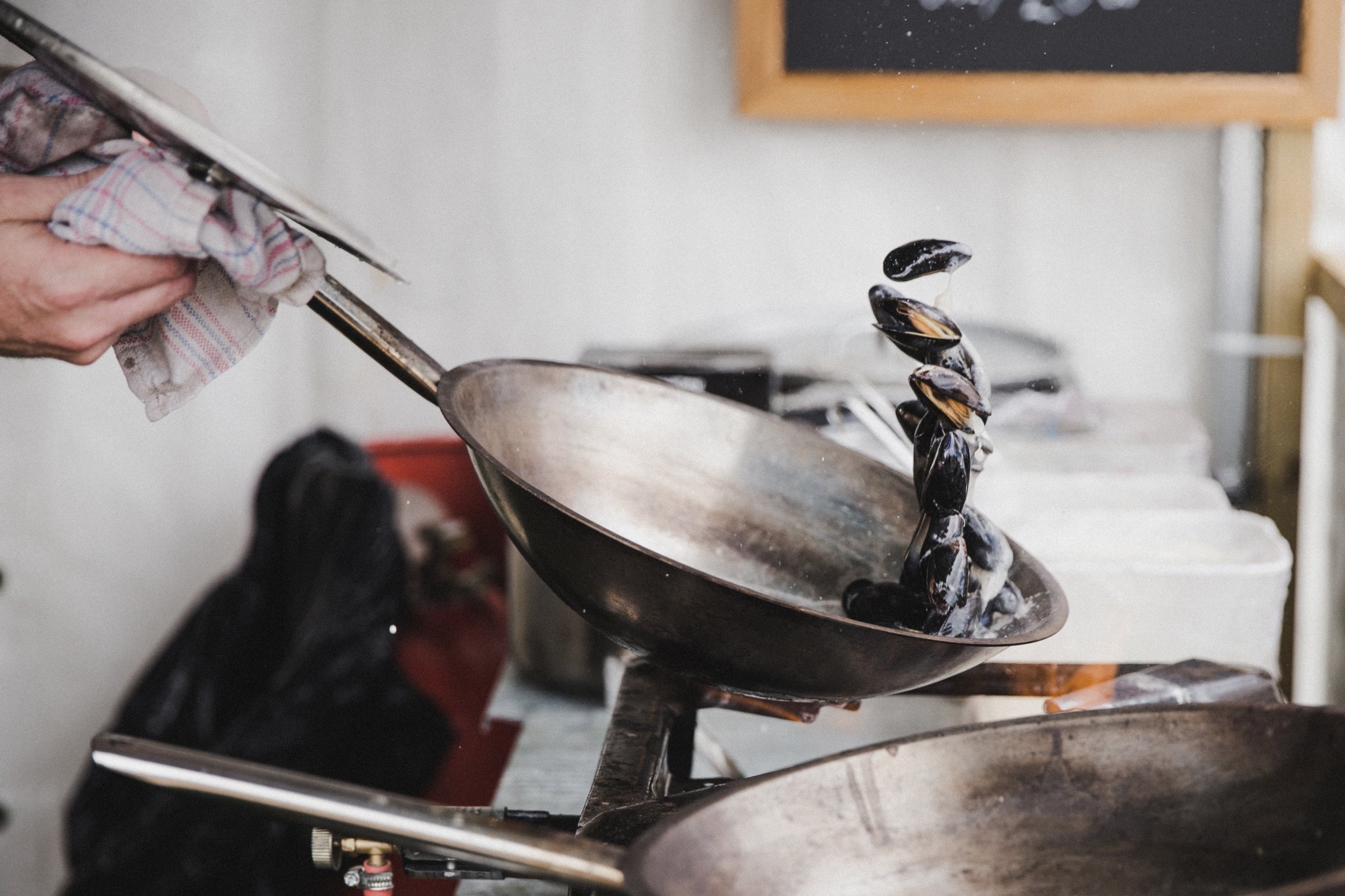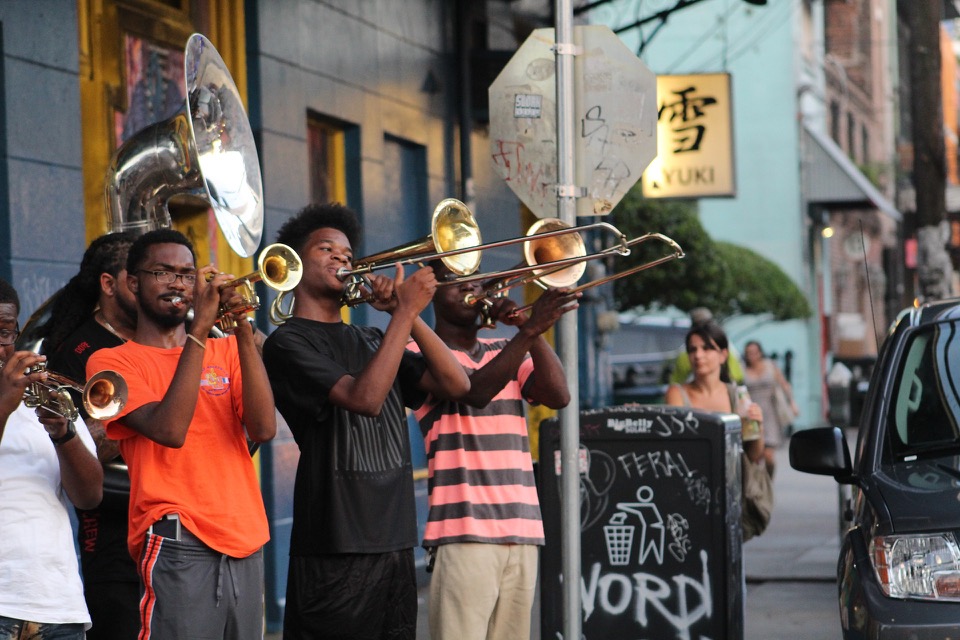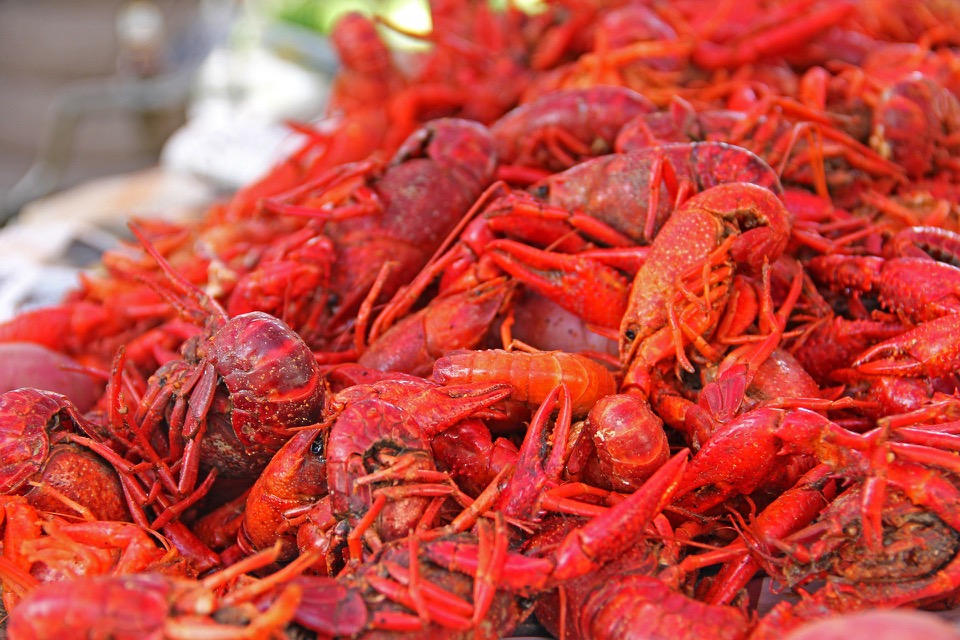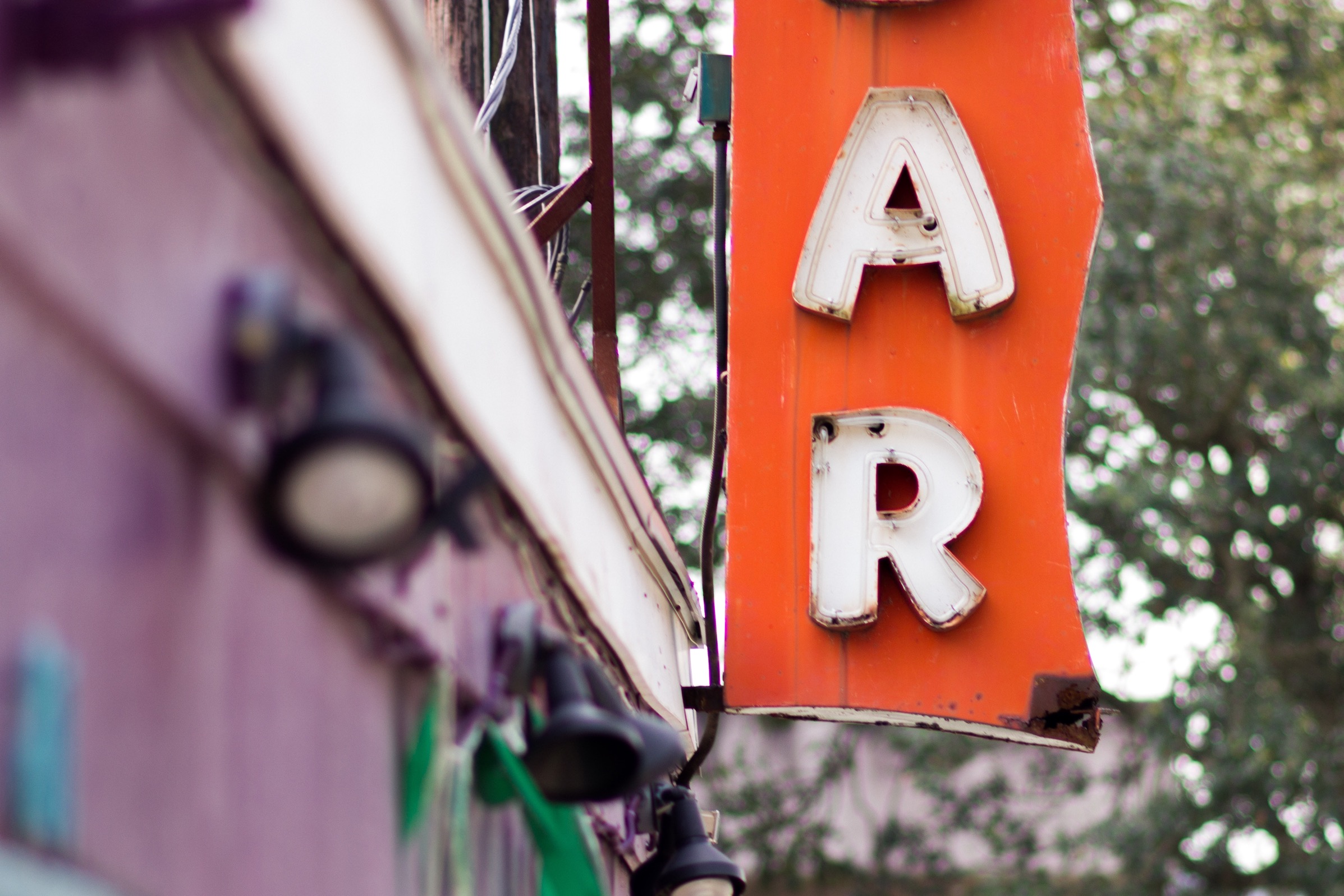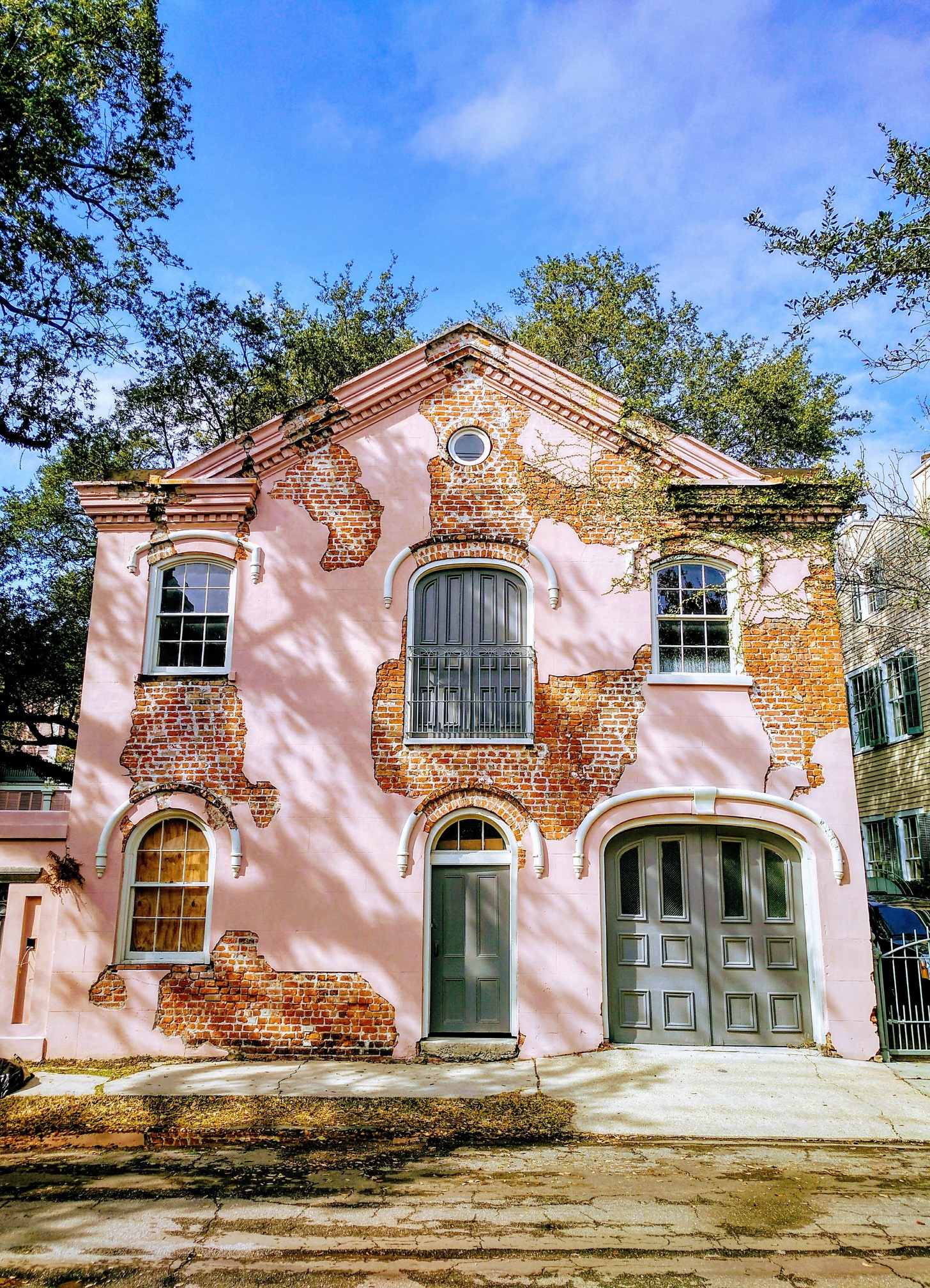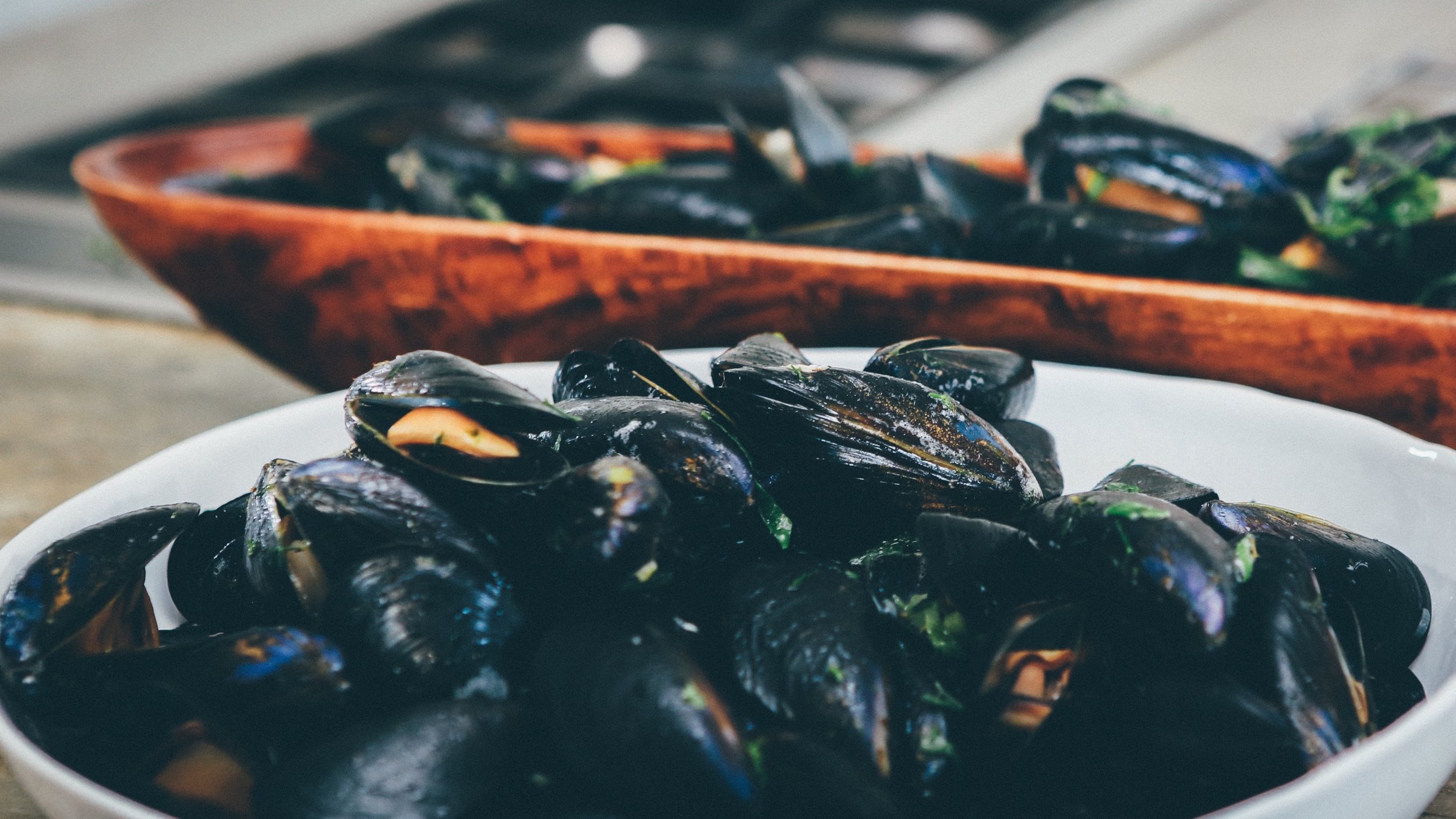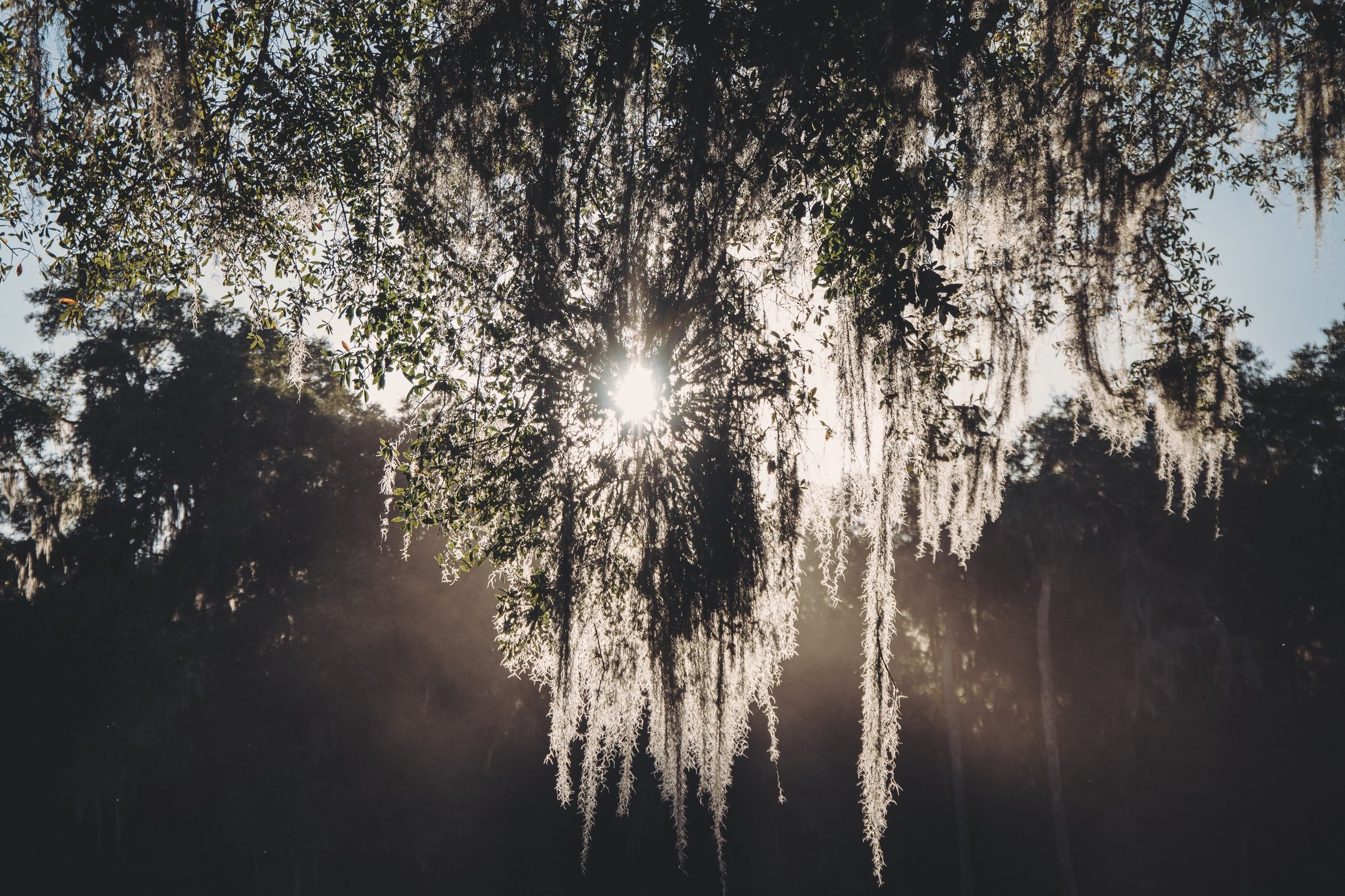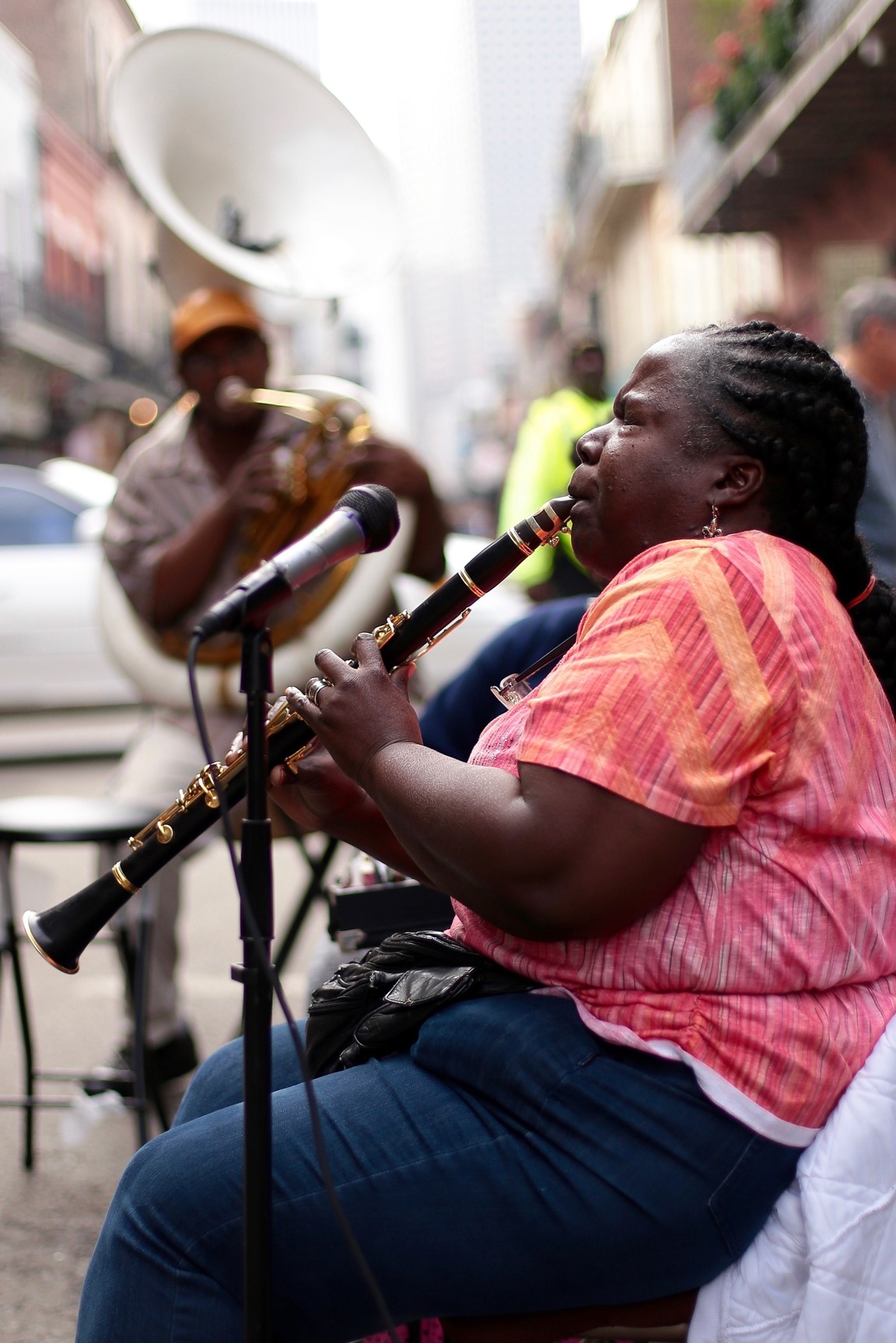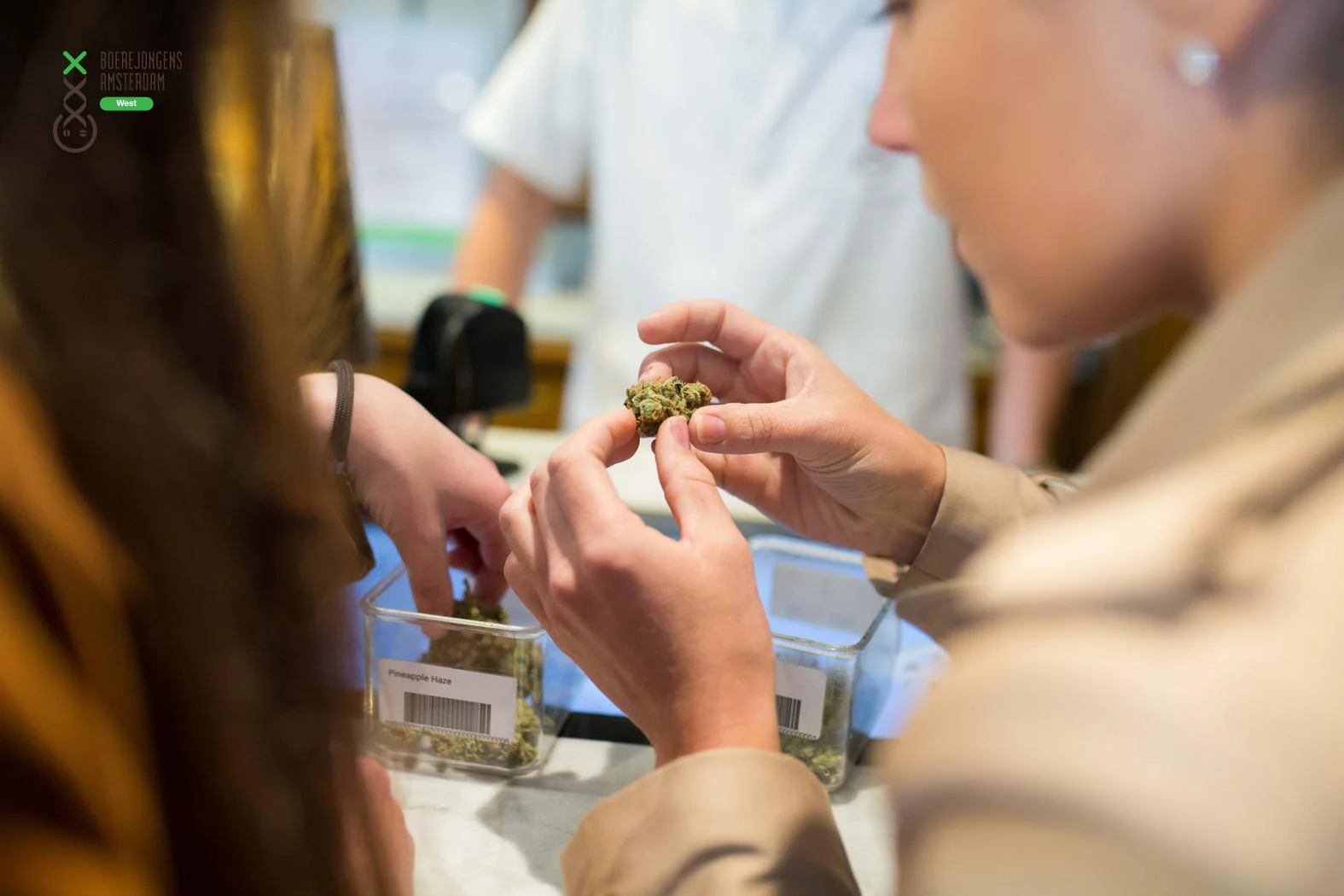Welcome to New Orleans

New Orleans
What to Know before You Go...
Nestled in a café-au-lait crease of the sinuous Mississippi River, New Orleans has long feasted on the endless confluence of personalities that have sculpted this sultry river haven. Hovering somewhere between a dream and a party, New Orleans is jewel of a city, rife with character and bristling with an undercurrent of energy that endures even the most overwhelming of heatwaves. Its rich, oftentimes scandalous, history has weathered centuries of drastic change, only magnifying the intrigue of the crackling jazz town.
A classic Creole Townhouse with brick façade and iron detailing. (French Quarter)
In the heart of the city, flowering balustrades and barge-board cottages cradle the intimate rues of the French Quarter. A mélange of French, Spanish, and Victorian styles bubble effortlessly through its balconied veins. The Franco-Spanish influence of the past survives most notably through the preservation of its colonial architecture, often found near Jackson Square. Meandering a bit south, the Garden District blossoms out into porched white mansions cushioned by sprawling lawns and live oaks dangling Spanish moss - the calm bridge to well-heeled neighborhoods in the west such as Carrollton. These verdant streets shade a sprinkling of blue-ribbon restaurants and stretches of boutiques, easily reached by hopping on a historic St. Charles Line streetcar. To the north, skimming the top of the river crescent, pastel shotgun houses and sun-blushed bricks of neighborhoods like Tremé, Faubourg Marigny, and Bywater provide the perfect backdrop for New Orleans' lively art scene. Arguably the most energetic area of New Orleans, artists and entrepreneurs have flocked to these vibrant northern neighborhoods to embrace the contemporary boho sanctuary it has become.
New Orleans Street Performer (Photo: Nathan Bingle)
More important than the architecture or the industry that fashioned New Orleans are the people that have given this river-port town its flavor and sparkle. New Orleanians have long enjoyed the role of protectors and influencers of the local culture. Since the French first settled Nouvelle-Orleans in 1718, the town's spirit has stemmed from the diverse mix of peoples who call this feverish and beguiling town home. A mixed-bag of pain and pleasure, the New Orleans' melting pot has proven fertile to experimental art and culture.
Jazz, perhaps the most renowned creation to escape New Orleans and enchant the world, was a product of the local penchant for celebrating life and 'looking the other way.' Unlike the rest of the country at the time, slaves in New Orleans were allowed to own drums, making this the seminal spot where the clear brass of European instruments first melted intoxicatingly with the rhythm of African drums. The combination was bright, it was wild, and it captured the fresh wind of an era about to arrive.
Creole and Cajun Cuisine of New Orleans (Photo: Margo Brodowicz)
Anyone lucky enough to find themselves eating at one of New Orleans' (often hidden) culinary gems will experience something many other popular travel destinations have lost with the overgrowth of the tourism industry - authenticity. The distinct pairing of local ingredients and immigrant cooking practices still survives in New Orleanian kitchens today. European and Haitian culinary styles married with river-land produce have harmonized over time, giving rise to edible culture such as herbed chargrilled oysters, dressed shrimp po' boys, and pungent étouffée.
In the same instant, antiquated and pioneering, New Orleans and its people are a culture to be reckoned with. The spirit of creation and celebration thrives robustly here, meaning there always seems to be something special going on in every corner of the city.
For a more authentic New Orleans experience, travelers should avoid the glaringly commercial, such as Bourbon Street, which tends to reduce New Orleans to a party in a sticky hurricane glass. New Orleans is not (only) about plastic beads and syrupy booze. The best way to get close to the real New Orleans is to get away from the franchises and refocus on the local enterprises and events in nearby neighborhoods such as Marigny, Bywater, and the Garden District.
Two Big Easy Traditions:
Jazz lives on the streets of New Orleans (Photo: Nathan Bingle)
Second Line Parades : New Orleans is home to this unique tradition of jumping in behind the brass band of a "Main Line" parade. Although it began as a way for native New Orleanians to mark funerals and marriages, it has grown to encompass an array of events throughout the year. You can find a second line planned for the dates of your trip to New Orleans on local radio station WWOZ's website. Out-of-towners are very often welcome to join in the second line but make sure to understand the sentiment of whichever parade you join. Try to match the spirit of the locals and avoid being overly intoxicated or loud. Funeral processions are best viewed respectfully from the sidelines. For more information on the history of second lines, here is a great article by Megan Romer, a Louisiana local.
Mardi Gras : French for "Fat Tuesday," Mardi Gras is the traditional carnival celebration before the ritual of fasting for lent begins. If you want to see New Orleans in all its diversity, avoid Mardi Gras. The city becomes a cordoned-off and cramped party filled with raucous revelers and almost no room to move. Many streets and businesses are shut down for parade floats and the only thing to do is drink and watch the parade. That said, if you are interested in only seeing the wild party that is Mardi Gras, then February or March is your moment to visit the Big Easy.
For advice on what to do in New Orleans, check out my Guide to New Orleans. Focusing on one neighborhood at a time, the guide includes the best restaurants, tours, and day trips to make your trip to the Big Easy perfect.
New Orleans' Bayou Wildlife (Photo: Jackson Jost)
Day trips around New Orleans... A guide to the best Plantations, Swamp Tours, and Beignets just outside of the Big Easy.
L.D. has spent the past two years traveling, writing, and encouraging readers to look at the world with fresh eyes. For anyone who feels like their life has lost its vibrancy, she offers some advice, “Open new doors, challenge yourself, and fall in love with other people's stories.”
For advice and encouragement, her articles are there for you...


